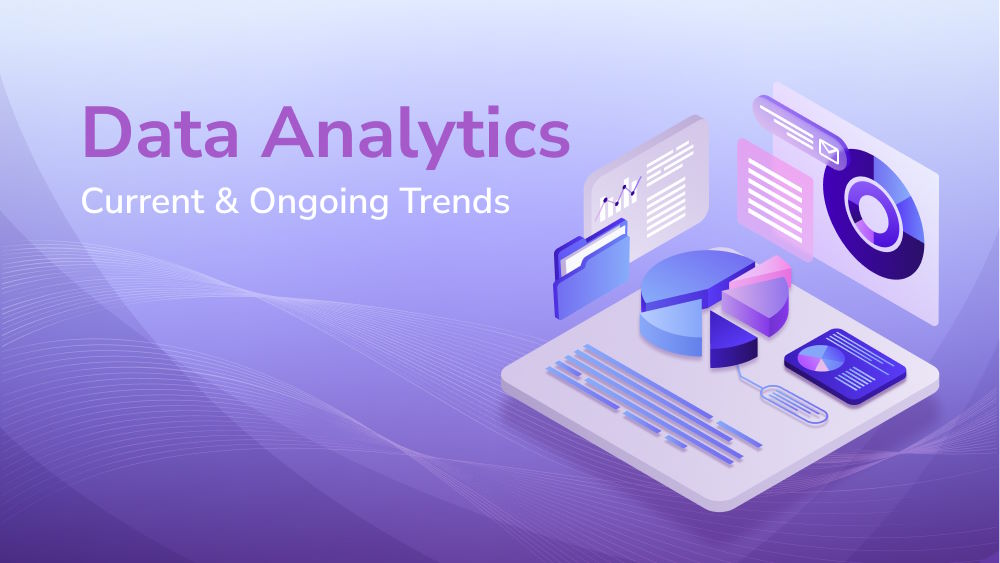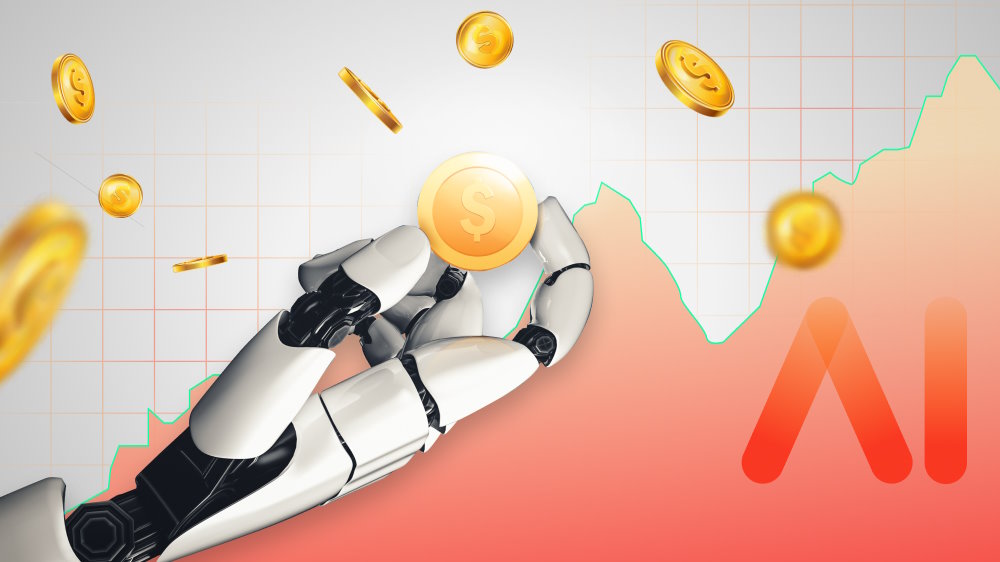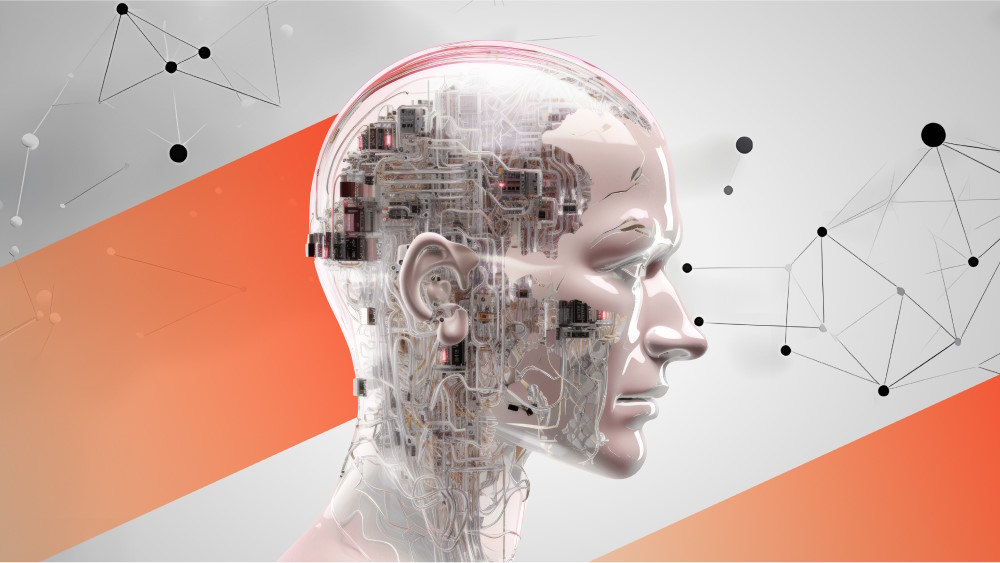What Are the Current & Ongoing Data Analytics Trends?

Content Map
More chaptersIt has become clear that data is increasingly crucial. Data is the new oil - some even argue it is far more valuable. However, raw data is only meaningful once it is analyzed and generates valuable insights.
While it is crucial to recognize the value of data analytics, staying up to date on data analytics trends is equally important if you want to stay ahead of the competition.
What Are the Data Analytics Trends about?

There are numerous data analytics trends now in play. However, every analytics top trend revolves around:
- Flexible data management and adaptability when there are unexpected fluctuations in the market.
- Confident and data-driven decision-making processes.
- Establishing trust and data governance across the business ecosystem.
Trends in Data Analytics to Look Out For
From 2023 to 2030, according to Preceent research, the data analytics market is expected to rise eightfold. With the rapid growth of the data and analytics market, keep an eye out for the trends to come to stay on top of your game.
If you would like to make a quick comparison and see how much the trends have evolved, feel free to check out our previous article on data analysis trends.
The Increasing Presence of AI in Data Analytics
The world has witnessed a dramatic rise in AI (artificial intelligence) in the past year. It has brought along endless potential along with numerous concerns regarding the job market, its ethics, and so on.
Nonetheless, AI has always made significant contributions when it comes to analyzing data. We are living in the golden age of data. And businesses run on data. Even then, the mountain of daily raw data - data with no structure or pattern whatsoever - can easily leave any company overwhelmed and even slow down relevant business processes.
As AI and ML (machine learning) technology progresses, there is little doubt that the presence of AI and ML will become increasingly crucial in order to efficiently analyze data. With adequate data training and implementation of data science, the technology will be able to aid in the process of answering questions, generating precise and thorough forecasts, finding patterns, and so on.
Data Management Centered on AI
As mentioned earlier, artificial intelligence and machine learning can be powerful tools for businesses if they are trained properly. This kind of training requires the right data. Hence, it is a good idea to work on data centered on AI and AI models centered on data.
An example of such data is synthetic data. It is defined by Gartner to be a set of data that is created by applying a sampling approach to real-world data or by generating simulation scenarios in which models and processes interact to produce wholly new data that is not derived directly from the real world. It is considered to be better for data security, easy to collect, and allows companies to set a baseline.
Another data management strategy worth considering is data fabric. More on this in the following paragraphs.
Emphasis on Business Intelligence (BI)
Business intelligence (BI) is software that uses data analytics to generate reports, dashboards, graphs, or charts from raw data into actionable insights.
As mentioned earlier, these data analytics trends are based on the fact that businesses are looking to make confident and data-driven decisions, as well as establish data governance across the company’s ecosystem. This asks for data scientists to build systems that are scalable depending on the market’s situation - which, oftentimes, is not an easy task.
Nonetheless, many have viewed data analytics and BI as key components to success. One notable example is Hershey’s. Back in 2020, Hershey used predictive analytics to boost $70 million in sales. Seeing how the demand for s’mores ingredients is on the rise as most Americans spent time in the backyard with families and friends to make them, Hershey made good use of the data and sharply increased their sales revenue.
In short, business intelligence (predictive analytics, to be specific), alongside artificial intelligence and machine learning, will become the standard for businesses in the near future.
Augmented Analytics
The augmented analytics market was worth $10.06 billion in 2021 and is expected to grow to $103.87 billion by 2030 at a CAGR of 29.5%. It is one of the fastest-growing data analytics trends.
Augmented analytics encourages firms and even individuals to examine business insights without the usage of complex mathematics. In augmented analytics, machine learning and natural language processing are used to automate and process data. It draws meaningful insights and provides visibility that would ordinarily require the knowledge of a data scientist or specialist. From there, the data can be carefully considered when making decisions.
Meta Data Driven Data Fabric
The amount of data over has experienced exponential growth in the past decade. Once again, managing, processing, and analyzing the ocean of data can be extremely challenging to any enterprise.
Data fabric allows companies to combine old data sources with new technologies as they integrate. From there, the data scientist will automate fragmented systems and employ AI or ML technologies to perform data analysis on the pool of data.
Data fabric simplifies the data management processes thanks to the use of a consistent set of objects. It learns from the metadata and makes insightful recommendations. One of the positive business outcomes is that it improves the organization’s trust in the business. This makes the digital transformation for businesses a lot less painful.
Edge Computing
The massive data volume produced on a daily basis puts a lot of strain on traditional computer systems. This volume of data is only expected to grow even larger in the future as 5G allows for more mobile devices to connect.
As a result, businesses are gravitating towards cloud computing. But even then, the vast sea of data generated on a daily basis can be too much for cloud storage to handle. This technology also carries certain risks, such as limited bandwidth and network disruptions, which may cause enterprises to lose a large amount of revenue.
Edge computing is believed to be the solution to these problems - the data is processed and analyzed closer to where it is generated. This provides faster and more extensive data processing, allowing for deeper insights, shorter response times, and better customer experiences. It also offers near-real-time predictive analysis.
Streaming and Real-Time Analytics
The impressive innovation of AI and ML puts forward a new requirement: Instead of solely relying on historical data, data analysis should be performed in real-time. Analytics, as it becomes more contextual and continuous, should also become more adaptive.
The application of real-time data analytics enables insight into the user’s behavior almost instantly, which allows the technology to recognize context and adapt its behavior accordingly.
Again, from there, business users have the ability to make more informed decisions, such as making adjustments to adapt to the ever-changing market.
What Should You Do to Stay Ahead of the Game?
Knowledge is power. Therefore, you should stay updated on the newest data analytics trends to adapt and adjust accordingly.
As mentioned previously in the article, fact-based decision-making and real-time data analytics have become the bedrock of commerce and governance. Thus, it is a good idea to build a strong data analytics foundation and culture with the help of experts. The Orient software team is happy to help you get started.
Last but not least, stay proactive and open-minded. They are the key factors to your company’s success.







